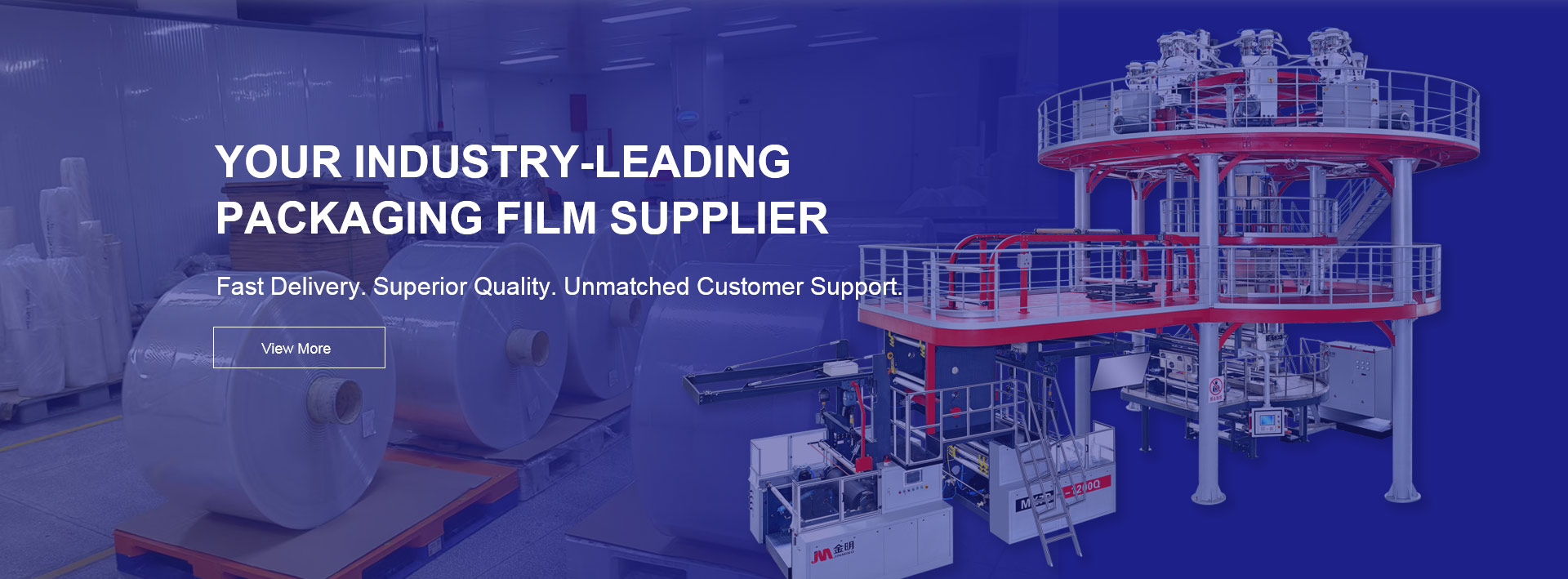
vacuum packaging films are widely used in food preservation, storage, and transportation, but many users also wonder whether these films can be safely applied to sous vide cooking. Sous vide requires food to be sealed in a bag and cooked in a temperature-controlled water bath for an extended period. Because of this, the performance, heat resistance, and safety of the packaging film become essential factors. This article explains whether vacuum packaging films are suitable for sous vide cooking, their material characteristics, the benefits they provide, and what users should consider before applying them. It also highlights why choosing reliable vacuum film manufacturers such as JINBORUN can improve both food quality and operational safety.
Many types of vacuum packaging films can be used for sous vide cooking as long as they are manufactured using heat-resistant, food-grade materials. Films made from PA/PE multi-layer structures or high-barrier co-extruded films are typically designed to withstand prolonged heating at temperatures ranging from 60°C to 90°C, which covers the majority of sous vide cooking requirements. Before use, it is essential to confirm that the film is certified for direct food contact and tested for high-temperature performance.
Some vacuum films are meant only for refrigeration or freezing and may not hold up during sous vide because they soften, deform, or release unwanted substances when exposed to heat. Therefore, users should always select films explicitly labeled as suitable for thermal processing.
Sous vide-compatible vacuum packaging films usually feature a co-extruded PA/PE structure, combining the barrier performance of polyamide with the sealing flexibility of polyethylene. This material design ensures the bag remains airtight during hours of heating. The following table summarizes typical film characteristics used in sous vide applications:
| Material | Function | Benefit in Sous Vide |
|---|---|---|
| PA (Polyamide) | Strength and oxygen barrier | Prevents puncture and oxidation |
| PE (Polyethylene) | Heat-seal layer | Ensures reliable sealing under heat |
| Multi-layer co-extrusion | Combined performance | Maintains shape and prevents delamination |
When processed correctly, these layers deliver strong mechanical stability and prevent flavor loss, liquid leakage, and structural deformation during long cooking periods.
Using the right vacuum packaging films for sous vide offers several advantages that contribute to better food quality and more consistent cooking results. These benefits continue to support the growing use of high-barrier films in commercial kitchens, restaurants, and packaged ready-meal production.
The airtight seal created by the vacuum film prevents oxidation and moisture loss during cooking. This allows spices, marinades, and herbs to infuse more deeply, resulting in richer and more uniform flavors.
Film thickness and heat resistance ensure the bag remains stable even when immersed for several hours. This stability supports temperature precision, a core element of sous vide cooking, allowing meats and vegetables to reach ideal doneness.
High-barrier vacuum films reduce the chance of bacterial growth by minimizing oxygen exposure. When combined with sous vide pasteurization processes, this helps extend refrigerated shelf life while maintaining food texture.
Vacuum films allow food portions to cook evenly because the water bath can transfer heat directly and efficiently through the film. They are also suitable for batch cooking, helping businesses streamline kitchen operations.
Sous vide-safe vacuum films accommodate meats, seafood, vegetables, sauces, and prepared meals. Their ability to conform to irregular shapes also reduces trapped air pockets that compromise cooking quality.
Not all vacuum packaging films are automatically suitable for sous vide cooking. Users should carefully evaluate the film based on the following considerations:
Confirm the maximum temperature the film can withstand. Sous vide temperatures commonly range from 55°C to 90°C. Films not designed for thermal processing may melt or warp.
Only use films approved for direct food contact. Certification ensures the material does not release harmful substances during extended heating.
Thicker films offer better puncture resistance, preventing leakage during cooking. A film thickness of 70–100 microns is often preferred.
Weak seals may open during cooking, leading to nutrient loss and uneven heating. Strong PE sealing layers ensure reliable performance over long durations.
If the vacuum film will be used for retail ready-meals, check that it provides suitable barrier protection for refrigerated storage after cooking.
Sous vide-compatible vacuum films are used in various settings:
Home cooking, allowing users to prepare restaurant-quality meals
Central kitchens and meal prep services, where consistent results are essential
Hotels and restaurants, enabling batch preparation and precise texture control
Food manufacturing, especially for ready-to-cook and ready-to-eat meals
In all these applications, durability and heat performance are vital to ensuring safety and taste.
Because film quality directly affects cooking results, selecting a trusted manufacturer is important. JINBORUN provides high-quality vacuum packaging films designed for food processing, offering strong sealing performance and excellent heat resistance. Their products support both household and industrial sous vide applications, giving users a safe and reliable option.
Vacuum packaging films can be used for sous vide cooking when they are made from heat-resistant, food-grade materials. Films with PA/PE multi-layer structures offer the strength, sealing capability, and temperature tolerance required to maintain food quality during long water-bath cooking. Whether used at home or in commercial kitchens, selecting the right film ensures safety, flavor retention, and consistent results. For reliable performance, choosing professional suppliers such as JINBORUN helps guarantee that the vacuum films meet the demands of modern sous vide cooking.